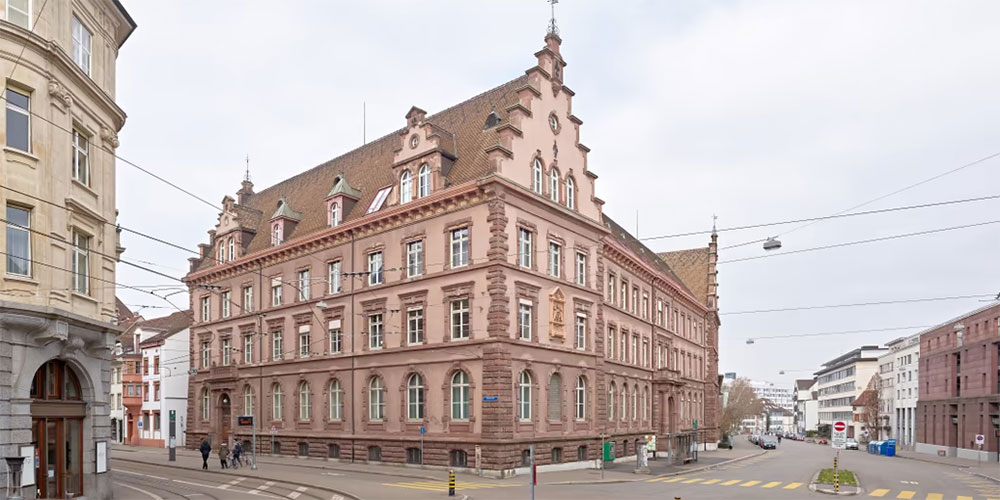Stem cell division: two paths, one goal
Neural stem cells are the source of millions of nerve cells and other supporting cells in the brain. A specific form of cell division - also known as asymmetric cell division - ensures that both the stem cell pool is maintained and sufficient mature cells are generated simultaneously. Prof. Clemens Cabernard, from the Biozentrum of the University of Basel, reports in "Nature Communications" that brain stem cells utilize two separate pathways to ensure correct asymmetric cell division.
20 March 2015
In the beginning there are only a few cells but these develop to form the most complex organ - the brain. These few brain stem cells give rise to a vast number of nerve cells. But with each cell division, they also renew themselves. This ability, known as asymmetric cell division, is unique to stem and progenitor cells. Using the fruit fly Drosophila, Prof. Clemens Cabernard’s team, at the Biozentrum of the University of Basel, investigates how neural stem cells position their cell division machinery at the correct place. This is important to ensure the completion of asymmetric cell division and consequently the development of the brain in general.
How does a stem cell know where to divide?
In dividing cells, the spindle apparatus distributes essential cell components such as the chromosomes to the two daughter cells. It has already been known that the spindle apparatus also provides information that determines the precise positioning of the cleavage furrow, so that the cell constricts and divides at the correct site. In neural stem cells, which divide asymmetrically, there is a second pathway which functions independently of the spindle apparatus. “We are particularly interested in the role played by each of the two signaling pathways involved in asymmetric cell division,” says Cabernard, who led the study.
In their study, the scientists demonstrated that the spindle dependent pathway is responsible for cleavage furrow constriction and thus to complete cell division. “It was more exciting for us, however, to discover that the location of the cleavage furrow moves when we inhibit this spindle-dependent signaling pathway. The spindle-independent mechanism still ensures furrow positioning but in the wrong place,” explains Cabernard. “This means that not only the chromosomes are incorrectly partitioned but also cell fate determining molecules. Such a false start influences the whole further development of the daughter cells.”
Two pathways required for correct stem cell division
These findings demonstrate a clear interplay between these two signaling pathways. "The fine tuning between these two pathways is absolutely essential for the accurate positioning of the cleavage furrow and consequently for the proper segregation of chromosomes and specific proteins,” says Cabernard. “It is important that we understand these signaling pathways, as misdistribution of chromosomes and molecules determining cell identity are also often observed in cancer cells.” Errors in neural stem cell division have wide-ranging consequences, affecting the fate and behavior of the resulting sibling cells.
Original source
Michaela Roth, Chantal Roubinet, Niklas Iffländer, Alexia Ferrand and Clemens Cabernard.
Asymmetrically dividing Drosophila neuroblasts utilize two spatially and temporally independent cytokinesis pathways.
Published online 22 March 2015.

